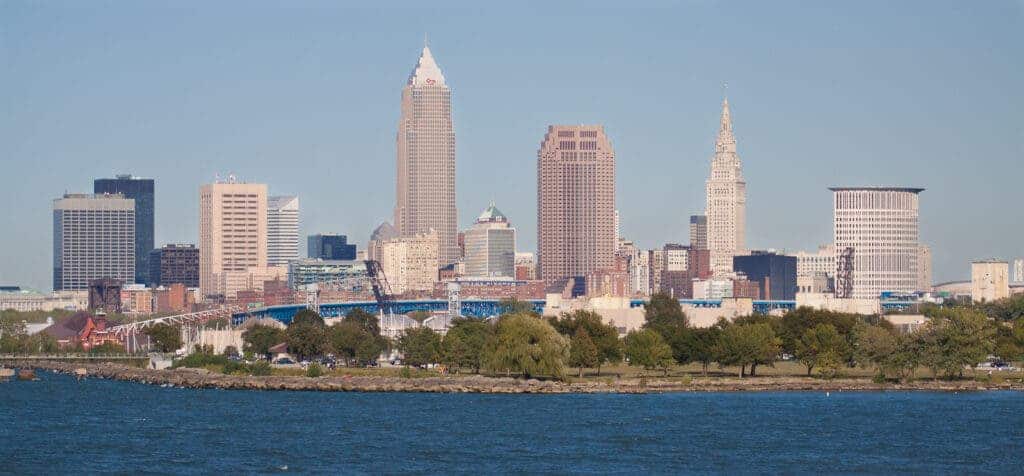Cities across the United States are largely underestimating their carbon dioxide emissions, a new study claims. Researchers compared self-reported data from 48 cities against a new measurement system of fossil fuel emissions and found the urban centers under-reported their emissions by almost 20%.

Almost three-quarters of fossil fuel carbon dioxide emissions, the most important anthropogenic greenhouse gas, come from cities. Projections show cities could add over two billion people this century with global urban areas tripling by 2030, highlighting need for urgent action (and in truth, some cities are already working in that direction).
Just like countries, cities also track (or rather, estimate) of their own greenhouse gas emissions. But researchers have raised doubts over them due to a lack of systematic and peer-reviewed assessment of their quality or accuracy. With this in mind, a team at Northern Arizona University decided to take a closer look.
They compared the greenhouse gas inventories of 48 cities in the US with their automated measurement system known as Vulcan, which can estimate fossil-fuel emissions at specific geographic points and over large areas. The group of cities account for 13.7% of US urban emissions and 17.7% of US urban population.
The comparison showed large discrepancies between what cities said they emitted and what they actually do. Self-reported emissions were 18.3% below the emissions estimated by the Vulcan system. But that average doesn’t tell the whole story. For example, Cleveland, Ohio reported emissions 90.1% below the Vulcan estimate while Palo Alto, California, reported emissions 41.7% greater.
The researchers said the differences can be explained by cities omitting petroleum fuel use and point source emissions in the industrial/commercial sector. Sometimes they also use different accounting perspectives on marine shipping and airborne emissions and different methods in on-road emission estimation, they added.
“I don’t think there’s any attempt to systematically or intentionally underestimate emissions,” Kevin Gurney, the lead author of the study, said in a statement. Although some cities correctly estimated their emissions, he noted, though “whether that’s right for the right reasons or right for the wrong reasons, it’s difficult to know.”
Accuracy and precision are critical to estimating emissions, whether reported by a city, state, or country, the researchers wrote. If US cities are under-reporting their emissions by so much, this essentially means that the entire country is also under-reporting.
While the authors note that their results raise “serious concerns” about cities’ self-reported approach to quantify emissions, they also added that work is being done to build a better emissions quantification system. It would calibrate emissions information for all cities in collaboration with local authorities, leaving urban climate experts more time to focus on coming up with the best mitigation strategies.
Hundreds of cities across the US have pledged to greatly reduce their greenhouse gas emissions but many are struggling to meet their targets. A study last year looked at the country’s 100 most populous cities and found only 45 set specific targets for cutting emissions during the past decade. Of those, two-thirds were falling behind on their targets.
Newly sworn-in US President Joe Biden has pledged to decarbonize the country’s economy by 2050, in line with the goals of the 2015 Paris Agreement on climate change. Former President Donald Trump decided to the US would leave the climate accord, but Biden reversed the move as soon as he took office last month.









